
Why Non-Smokers Can Still Get Lung Cancer
When you hear that someone has been diagnosed with lung cancer, the immediate assumption is often, "They must have been a smoker." But that isn’t always true.
In fact, many people who have never smoked a single cigarette can still develop lung cancer. While smoking is the leading cause of the disease, there are several other factors that can put non-smokers at risk. Understanding these causes can help you lower your risk and protect your lung health.
1. Secondhand Smoke Exposure
Even if you've never smoked, simply being around someone who does can expose you to cancer-causing chemicals.
There are two types of secondhand smoke:
-
Mainstream smoke: exhaled by a smoker.
-
Sidestream smoke: emitted from the burning end of a cigarette, cigar, or pipe.
Both are dangerous. In fact, secondhand smoke contains over 70 chemicals known to cause cancer. And there’s no safe level of exposure.
What you can do:
-
Avoid spending time in places where people smoke.
-
Keep your home and car completely smoke-free.
-
Encourage others to respect no-smoking zones around you.
2. Radon Gas
Radon is a naturally occurring radioactive gas that forms from the decay of uranium in soil and rock. While it’s harmless in outdoor air at low levels, it can accumulate indoors—particularly in basements or poorly ventilated homes.
When inhaled over time, radon breaks down into radioactive particles that lodge in the lungs, damaging lung tissue and increasing your cancer risk. After smoking, radon is the second leading cause of lung cancer in the U.S.
How to reduce your risk:
-
Test your home for radon using an at-home detection kit or by hiring a professional.
-
If high levels are found, work with a certified contractor to seal foundation cracks and install ventilation systems that reduce radon buildup.
3. Asbestos Exposure
Asbestos is a group of minerals once widely used in construction materials due to its heat-resistant properties. Today, it's known to be highly hazardous.
When disturbed, asbestos releases tiny fibers into the air. If inhaled, these fibers become trapped in the lungs and can cause inflammation, scarring, and over time, lung cancer or mesothelioma.
Be cautious if you live in an older home:
-
Asbestos may still exist in old pipes, insulation, or ceiling tiles.
-
Never attempt to remove asbestos yourself. Contact trained abatement professionals for inspection and safe removal.
4. Genetic Mutations
Some people are genetically more susceptible to lung cancer, even without external exposures.
You may:
-
Inherit mutations in chromosomes, such as abnormalities on chromosome 6.
-
Have a reduced ability to detoxify harmful chemicals.
-
Possess genes that impair DNA repair, making your body less equipped to fix cell damage caused by carcinogens.
Unfortunately, there are no routine screening tests to detect these genetic vulnerabilities. If you have a family history of lung cancer, talk to your doctor about your risk.
5. Air Pollution
Outdoor air pollution—from vehicles, factories, wildfires, or even dust—can also play a role.
According to U.S. research, air pollution is responsible for 1% to 2% of all lung cancer cases. Long-term exposure to fine particles and toxic gases may damage lung cells and trigger changes in DNA, increasing cancer risk.
To minimize exposure:
-
Monitor air quality levels in your area.
-
Avoid outdoor activities during high-pollution days.
-
Use air purifiers indoors if needed.
6. Diet and Nutrition
What you eat may influence your cancer risk—even for lung cancer.
A high glycemic index diet—foods that rapidly spike your blood sugar—can contribute to obesity and metabolic issues, which have been linked to several types of cancer including colorectal and breast cancer.
Foods to limit:
-
White bread
-
Sugary breakfast cereals
-
White rice
-
Pretzels
-
Buttered popcorn
Healthier choices:
-
Whole-grain bread
-
Oatmeal
-
Sweet potatoes
-
Lentils
-
A wide variety of fruits and vegetables
A diet rich in plant-based foods and low in processed sugars is associated with a lower risk of many cancers, and supports overall immune and respiratory health.
Takeaway
While smoking remains the leading cause of lung cancer, non-smokers are not immune. Environmental factors, genetics, and lifestyle habits all play a role.
To protect yourself:
-
Avoid secondhand smoke.
-
Test your home for radon.
-
Be cautious around older building materials.
-
Eat a healthy, balanced diet.
-
Limit exposure to air pollution.
-
Stay informed about your personal and family medical history.
Lung cancer can happen to anyone—but knowing your risk factors gives you the power to take action.
News in the same category

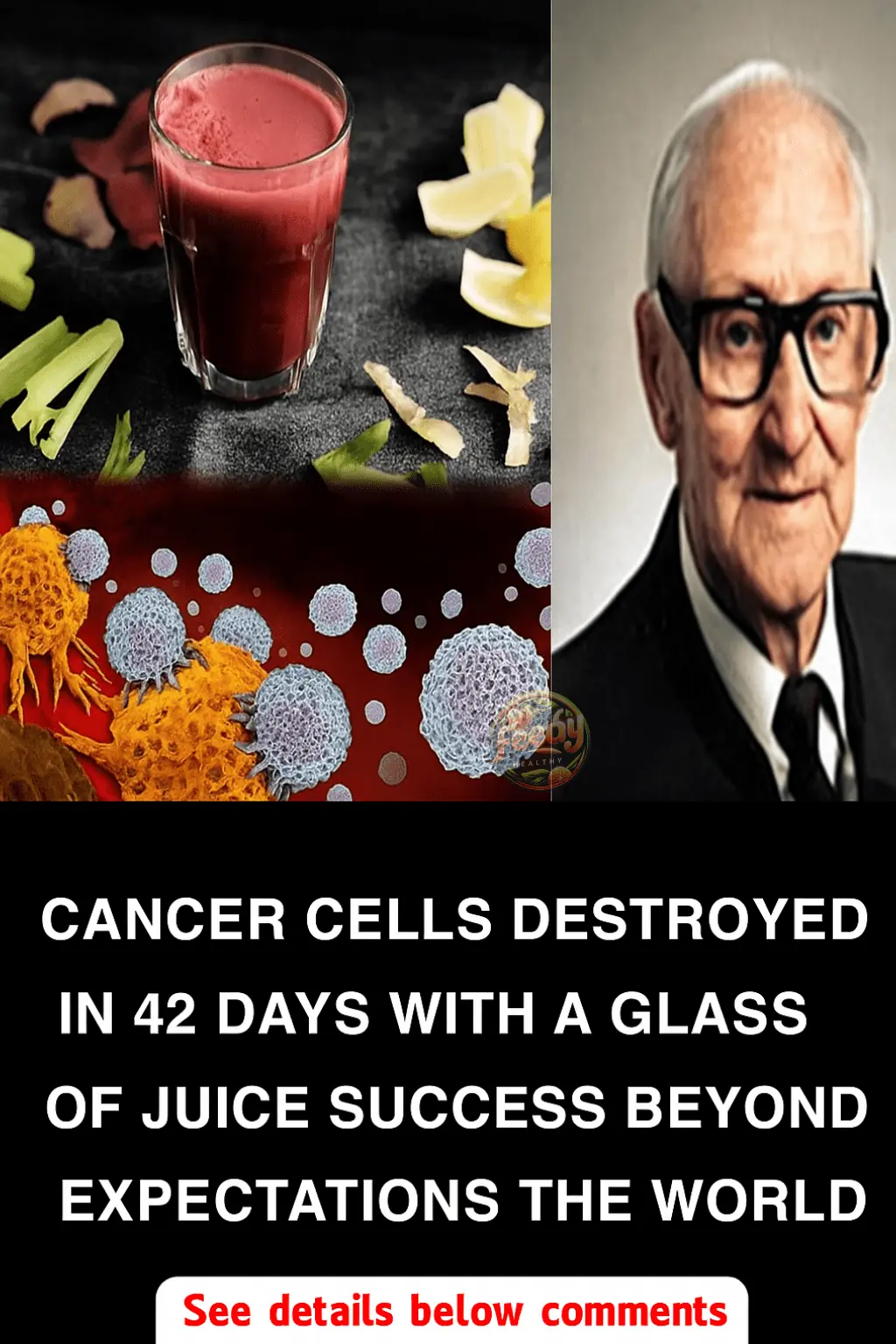
42-Day Juice Therapy – Natural Cancer Support Discovered by Rudolf Breuss

5-Year-Old Girl Dies from Late-Stage Cancer — A Wake-Up Call for All Parents
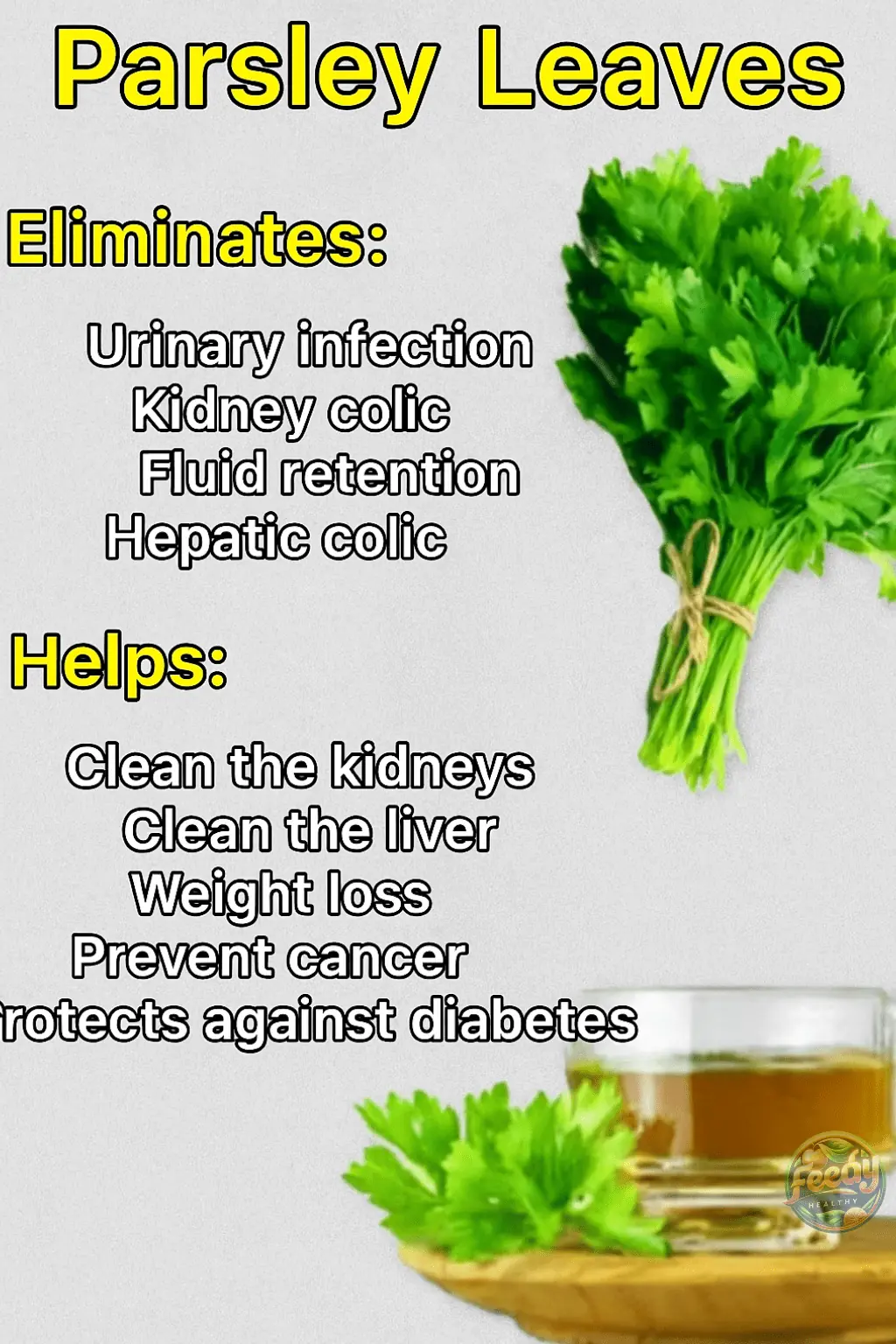
Parsley Leaf Tea

Salmonella Outbreak Linked to Recalled Eggs Sickens 79 People Nationwide, Including 2 in New Jersey
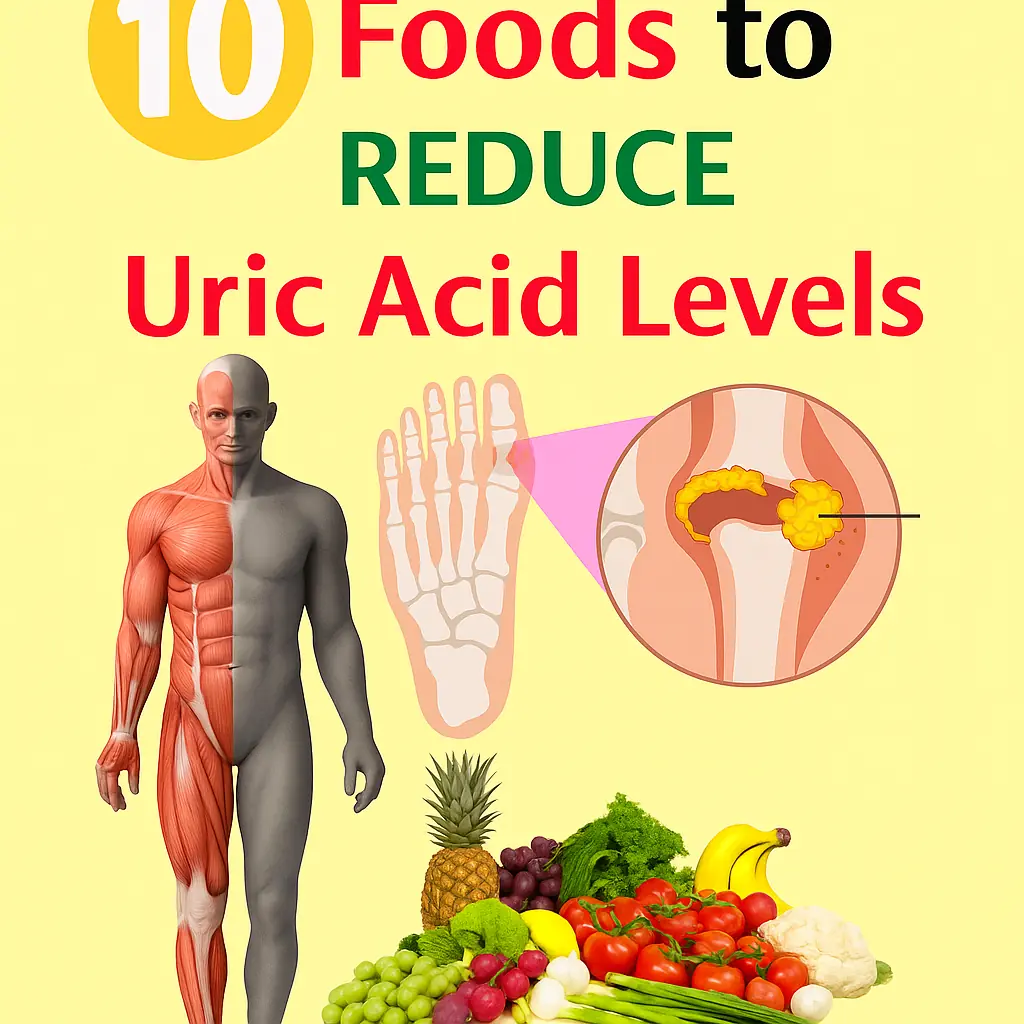
Top 10 Foods That Reduce Your Uric Acid Levels
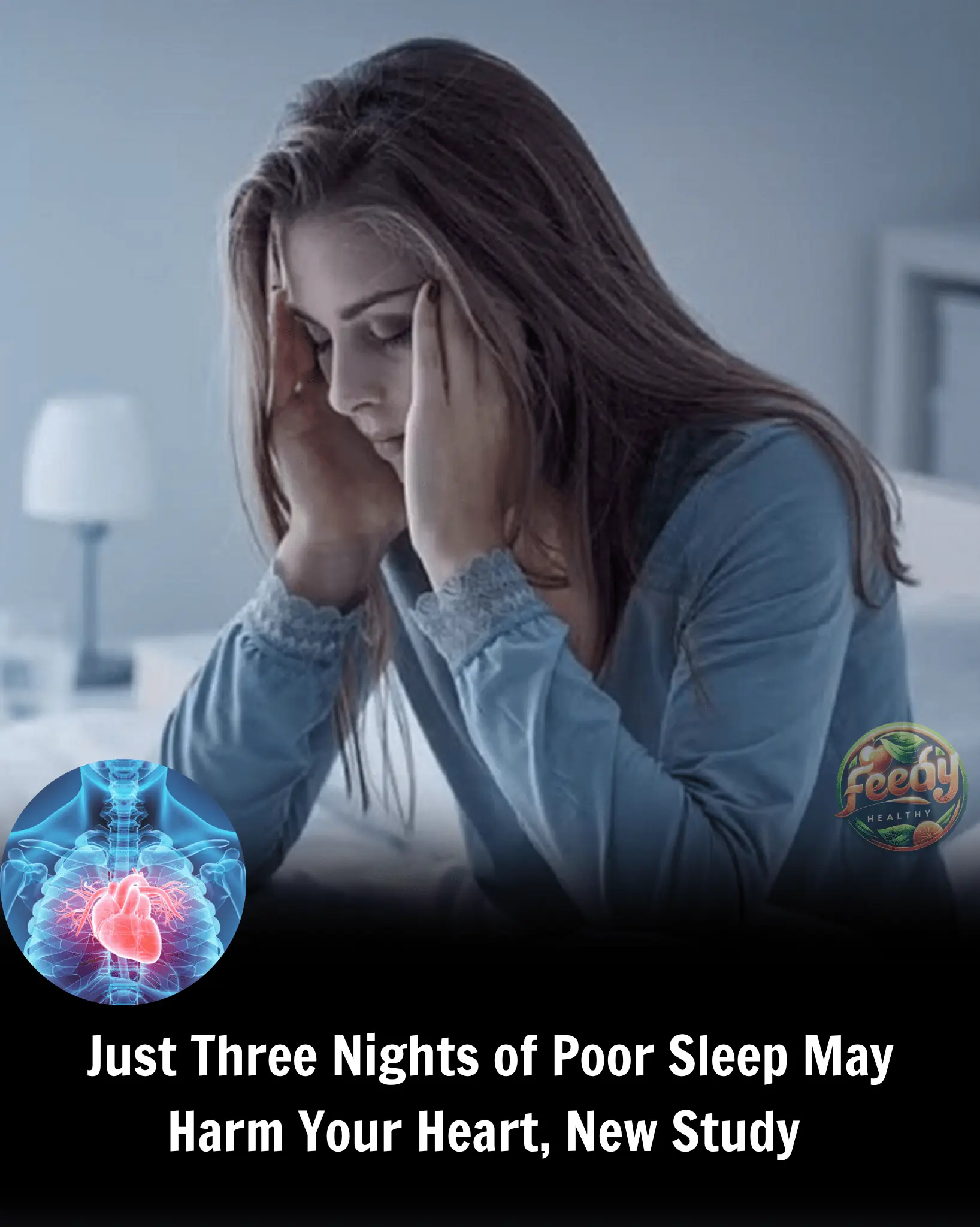
Just Three Nights of Poor Sleep May Harm Your Heart, New Study

PINEAPPLE – A NATURAL REMEDY FOR STROKE PREVENTION & LIVER-KIDNEY DETOX

This 2025 Herbal Elixir Is Emptying Hospitals—What’s Behind the Craze?

Fatty Liver Disease: 6 Silent Warning Signs You Shouldn't Ignore 👇👇
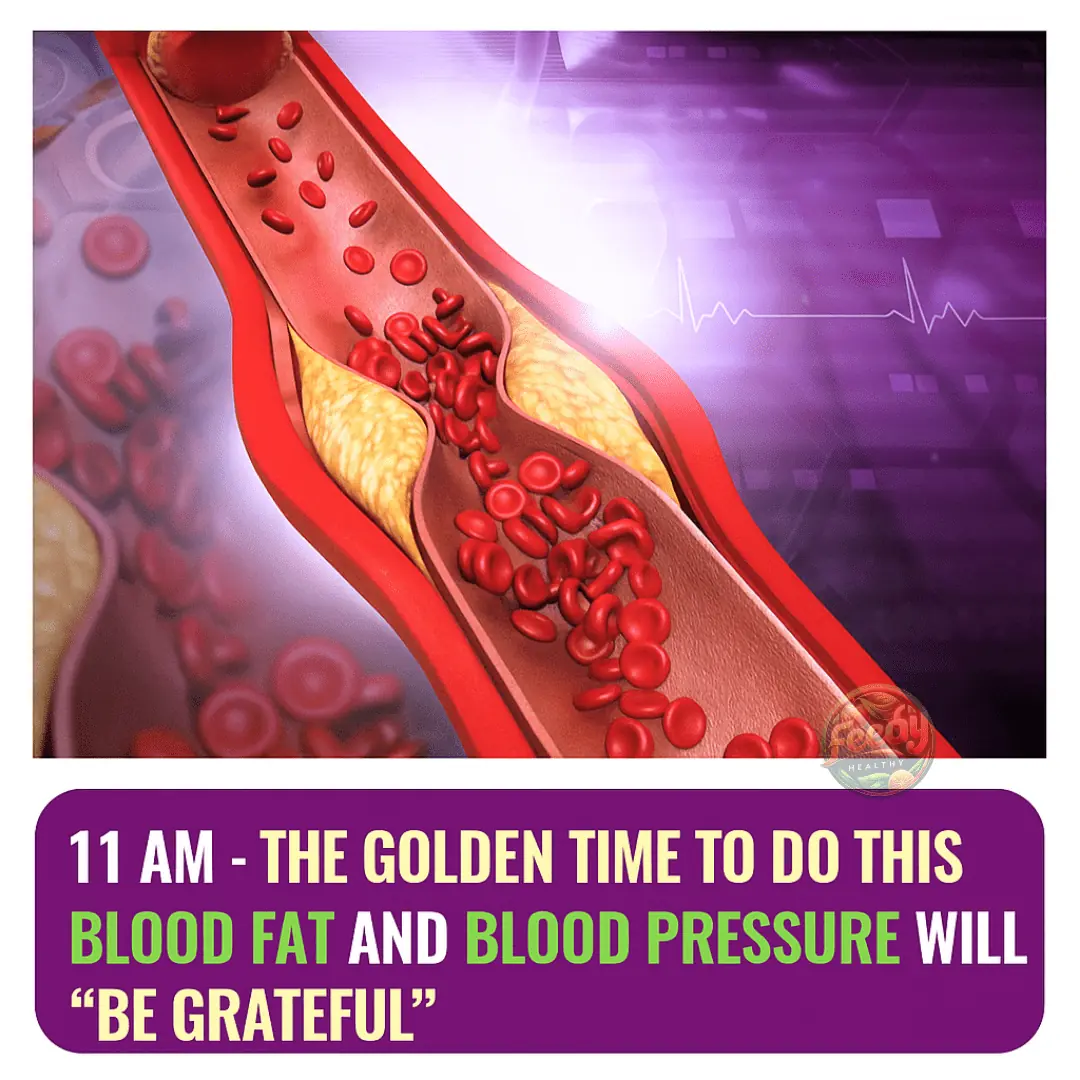
11 AM – THE GOLDEN HOUR WHEN YOUR BLOOD FAT AND BLOOD PRESSURE WILL “BE GRATEFUL” IF YOU REMEMBER TO DO THIS ONE SIMPLE THING…

Just One Spoonful of This Mixture Can Help with Blindness, Myopia, Blurred Vision, and Eye Fatigue
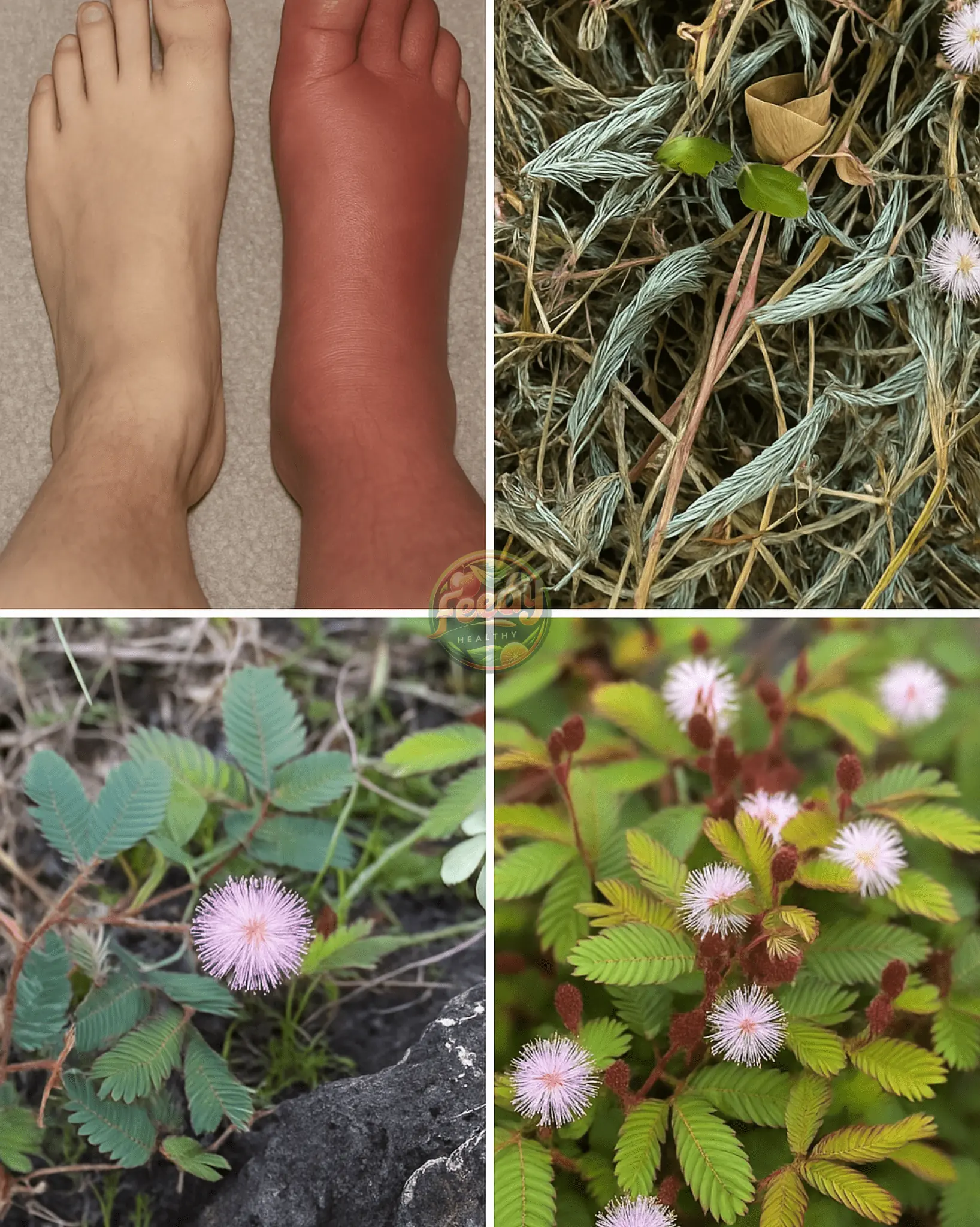
Mimosa Pudica: The Sensitive Plant That May Boost Your Health Naturally

Say Goodbye to Joint Pain, Arthritis, and Rheumatism in Just 3 Days – Try This Potent Clove and Garlic Remedy!

What Should People with Weak Kidneys Avoid in Their Daily Meals?
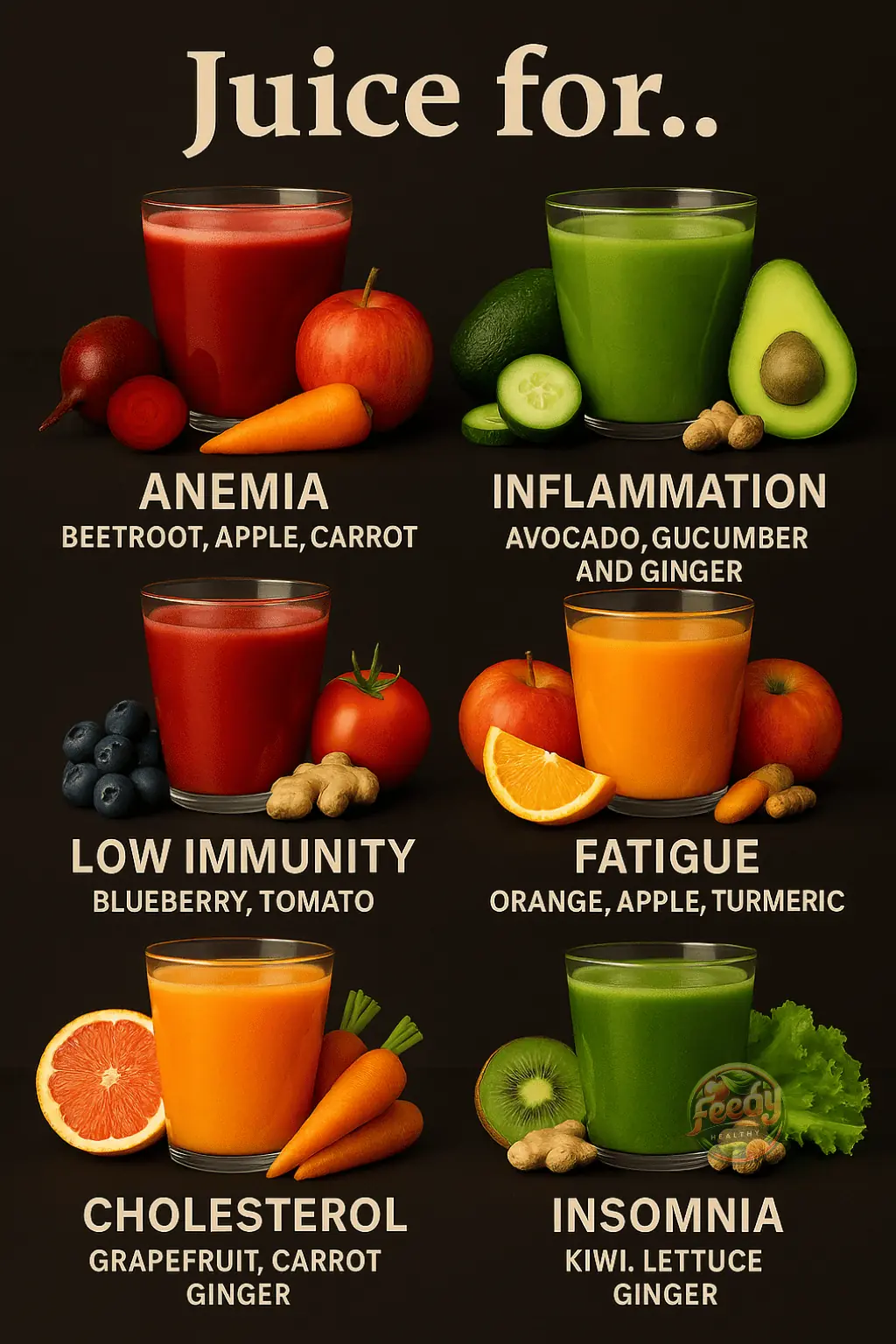
6 Powerful Juice Recipes to Naturally Help Anemia, Inflammation, Fatigue, Low Immunity, High Cholesterol, and Insomnia

The Natural Remedy Called “The Cancer Eliminator”: A Simple Blend for Better Health and Vision
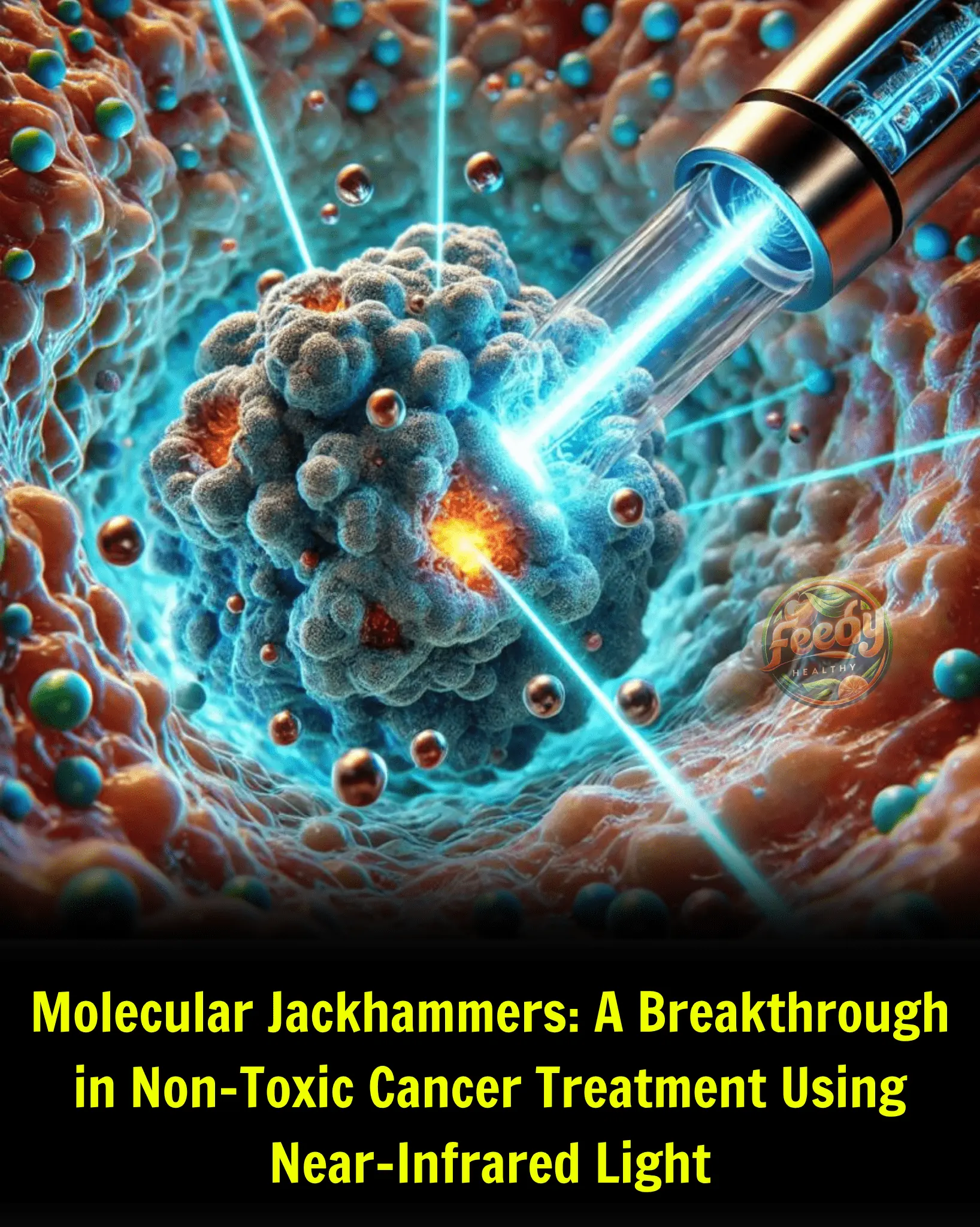
Molecular Jackhammers: A Breakthrough in Non-Toxic Cancer Treatment Using Near-Infrared Light
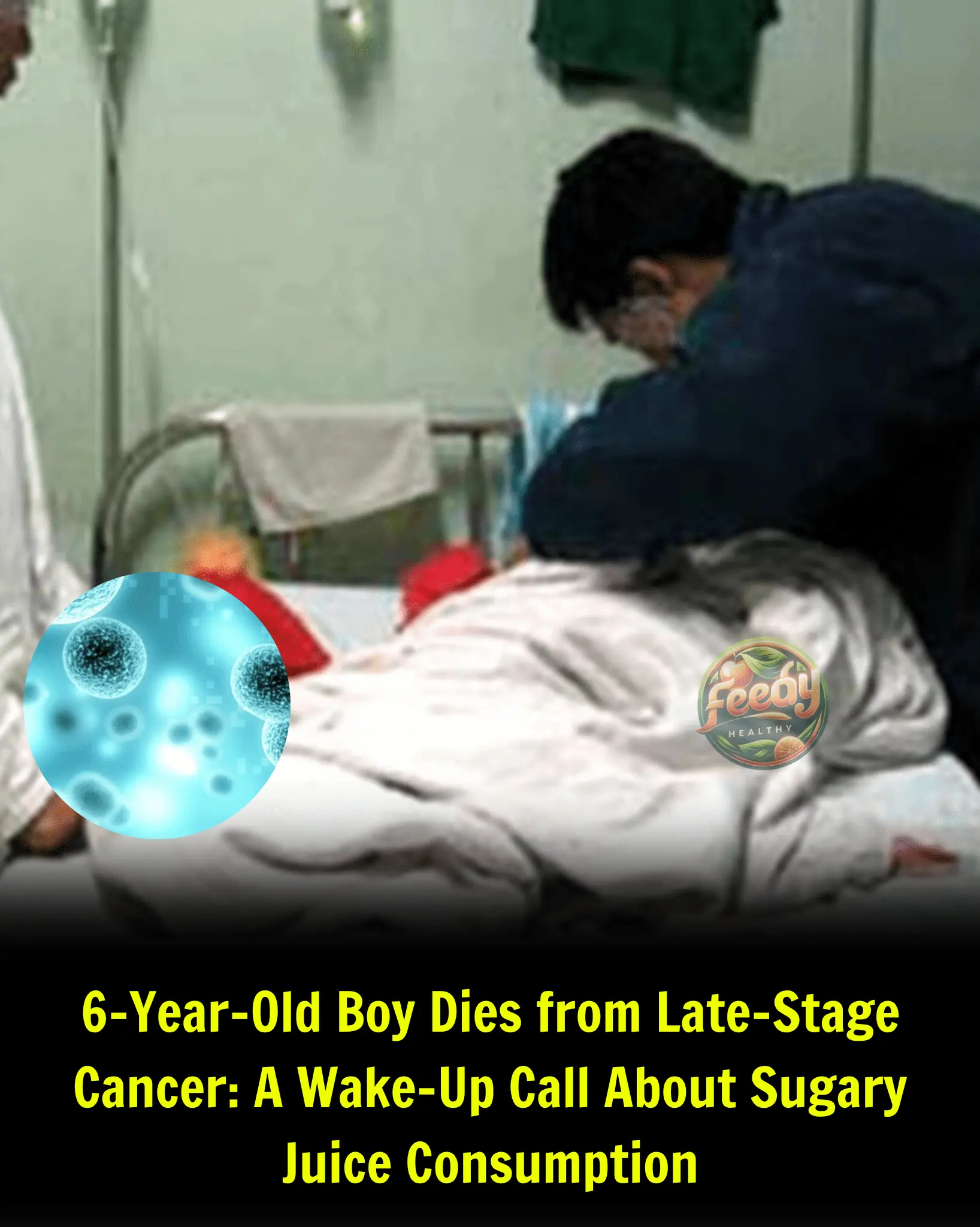
6-Year-Old Boy Dies from Late-Stage Cancer: A Wake-Up Call About Sugary Juice Consumption
News Post

Instant Natural Knee Pain Relief Remedy

Health Benefits of Figs Soaked in Water Overnight

Powerful Natural Detox Drink

Natural Remedy to Support Vision and Fight Abnormal Cells

7 Early Warning Signs of Stomach Cancer You Should Never Ignore

From despair to hope: Agnes and Nellies incredible journey

42-Day Juice Therapy – Natural Cancer Support Discovered by Rudolf Breuss
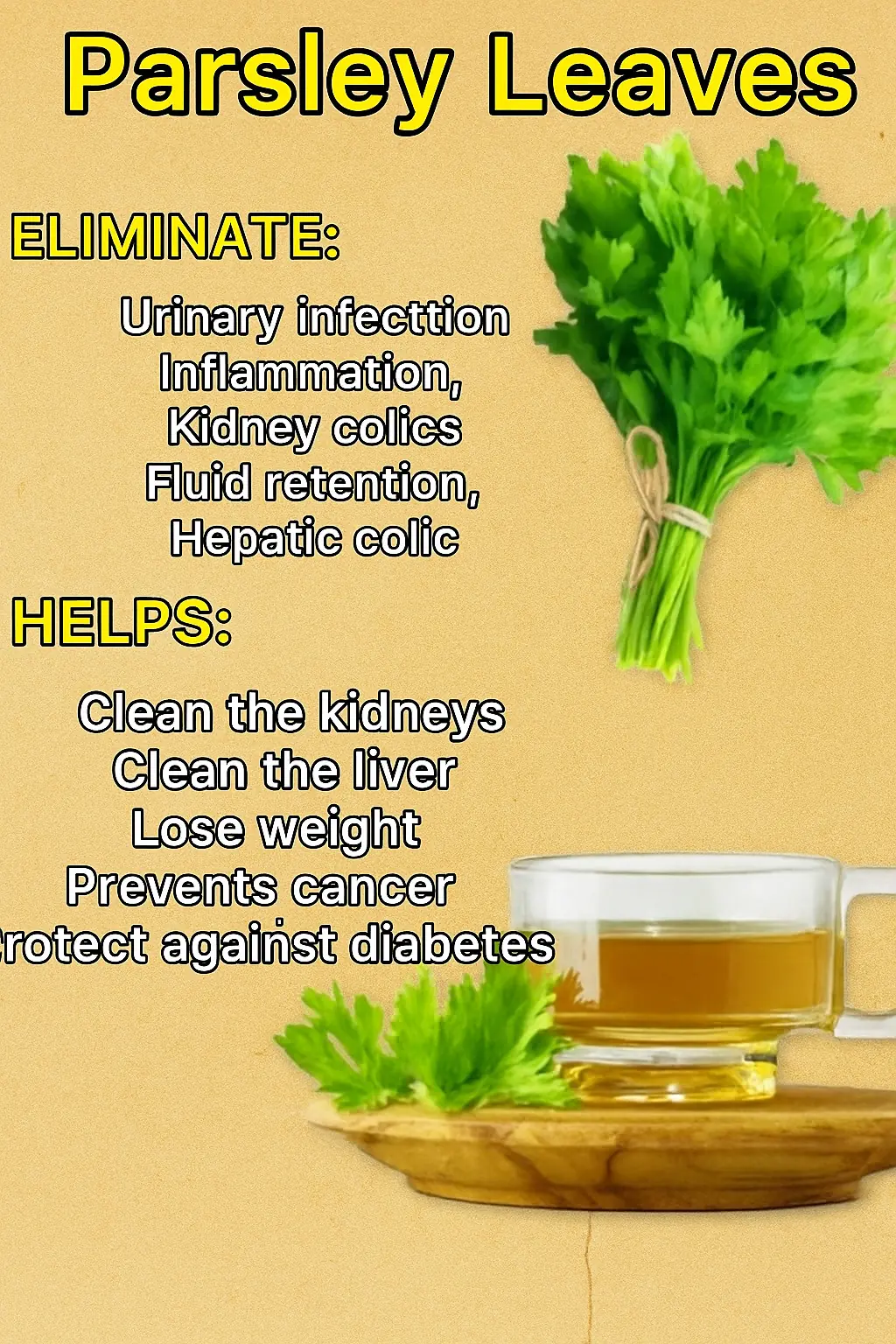
PARSLEY LEAF TEA

Discover the Magic of Coffee and Toothpaste!

Discover the Power of Ginger for Glowing Skin

5-Year-Old Girl Dies from Late-Stage Cancer — A Wake-Up Call for All Parents

Surprising Bay Leaf Trick: Try This Simple Remedy at Home!

This Is a Nail Fungus Killer (It Works Very Fast!) – The Power of Garlic🧄

I Lost So Much Bad Fat in 2 Days Using This! Flat Belly with Lemon, Apple & Cinnamon

12 Moringa Seed Benefits You’ll Never Hear from Your Doctor (But You Should Know)

Discover the Amazing Benefits of Drinking Clove Water

Never knew about this

9 Benefits of Papaya Leaves & How To Process Them As Medicine

Cinnamon & Chia Nighttime Drink: Effortless Weight Loss While You Sleep
